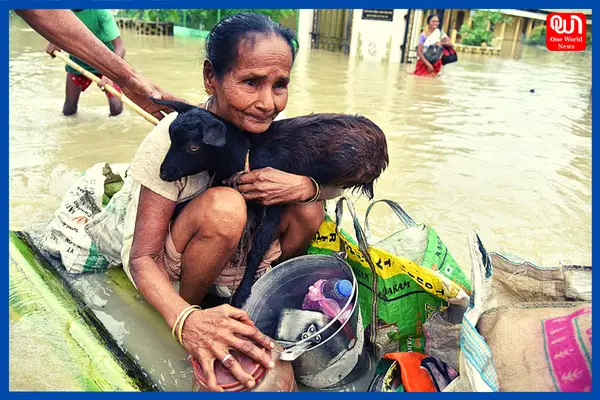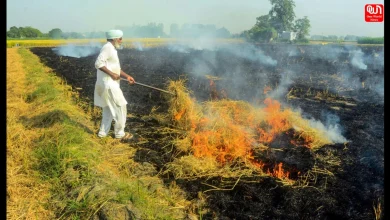Assam Most Vulnerable to Climate Change: Report

Assam Most Vulnerable to Climate Change in the Himalayan Regions
The recent report ‘Climate Vulnerability Assessment for the Indian Himalayan Region using a Common Framework’ reveals that Assam is the most vulnerable to climate change among the 12 states and union territories of the Indian Himalayan Region.
Citing the recent report, PIB tweeted-
VULNERABILITY TO CLIMATE CHANGE
A report has assessed Assam as the most vulnerable to climate change among the 12 States/ UTs of the Indian Himalayan Region
Read here: https://t.co/SINPx8hPOP#ParliamentQuestion @MDoNER_India
— PIB India (@PIB_India) March 16, 2023
What does the report say?
The report has been published under the ‘Capacity Building on Climate Change Vulnerability Assessment in the States of Indian Himalayan Region’ project which is being run by the Department of Science and Technology, Government of India.
The report was submitted by IIT, Guwahati, IIT, Mandi and Indian Institute of Science, Bangalore.
The report’s findings are worrying, especially in light of the recent climate changes that have been impacting us. The fact that we are facing such unexpected weather in March is evidence that climate change is impacting us on a large scale.
Read more:- Decoding the NCAP Report: How India is failing to curb pollution
The report mainly studied IHR, the Indian region of Himalaya which includes the states of Jammu and Kashmir, Himachal Pradesh, Uttarakhand, hilly states of West Bengal, as well as the north-eastern states of Sikkim, Arunachal Pradesh, hilly states of Assam, Manipur, Meghalaya, Mizoram, Nagaland and Tripura.
As the Himalayan ecosystem is massive and vital to India’s ecological security, it is important to understand the threats and vulnerabilities to these areas. The Himalayan region is a rich source of forest, water, hydropower, irrigation and biodiversity.
Conservation of this area should be a priority for the Government and the findings of such a report should be acted upon with immediate effect.
Among the IHR (Indian Himalayan Region) States, Assam has the highest vulnerability index, while Sikkim has the least.
Assam has the least area under irrigation, the least forest area available per 1,000 rural households and the second lowest per capita income among the IHR states. These factors are a source of vulnerability that has made Assam extremely vulnerable to climate change.
India’s Climate Policy for the Himalayas
India’s Climate Policy for the Himalayas is focused on protecting this fragile mountain ecosystem from the impacts of climate change. One such initiative is the National Mission for Sustaining the Himalayan Ecosystem (NMSHE), which aims to promote sustainable development in the region while preserving its unique ecological and cultural heritage. In addition to the NMSHE, India has also taken steps to reduce its carbon footprint in the Himalayas by promoting clean energy, such as hydropower and solar energy.
Like this post?
Register at One World News to never miss out on videos, celeb interviews, and best reads.







